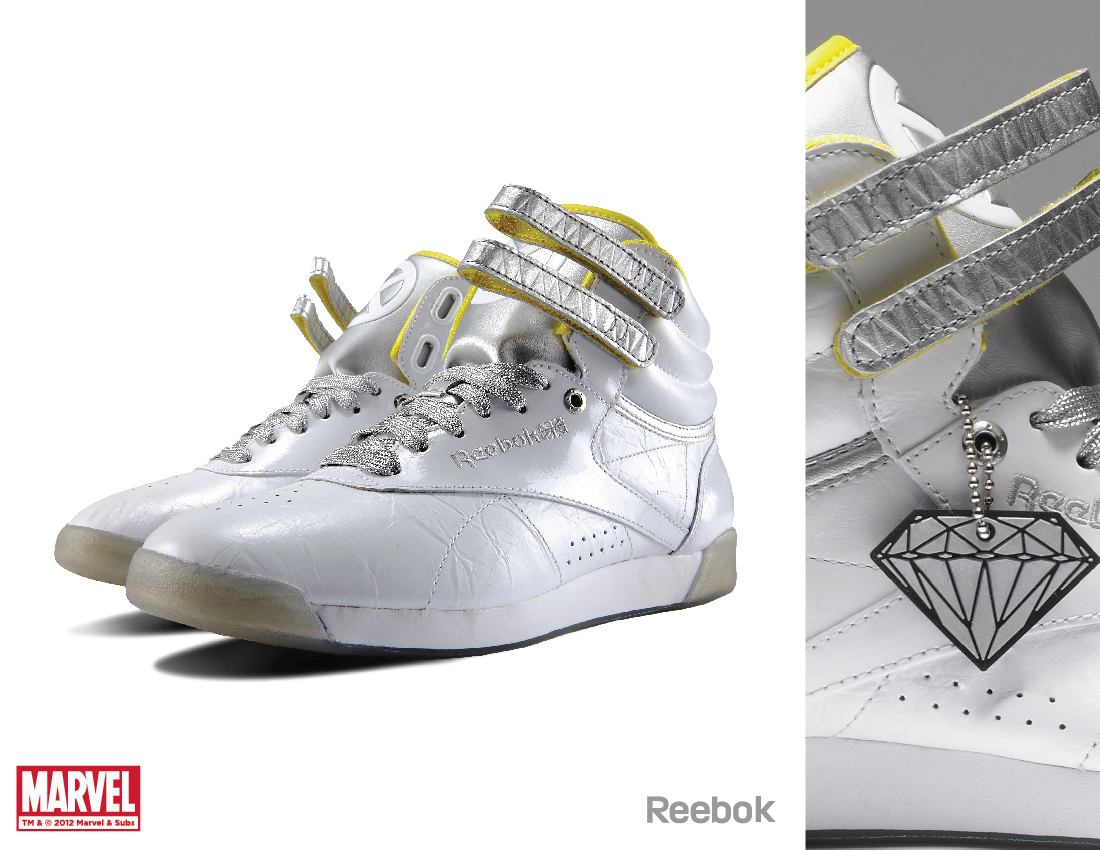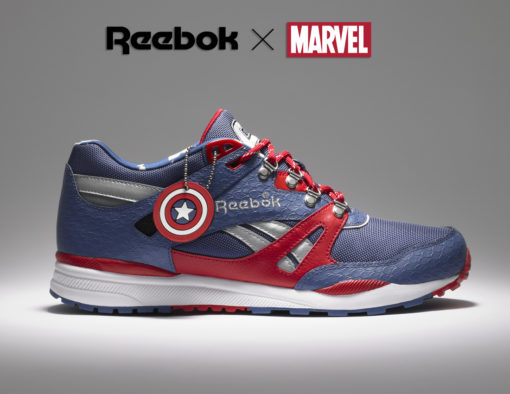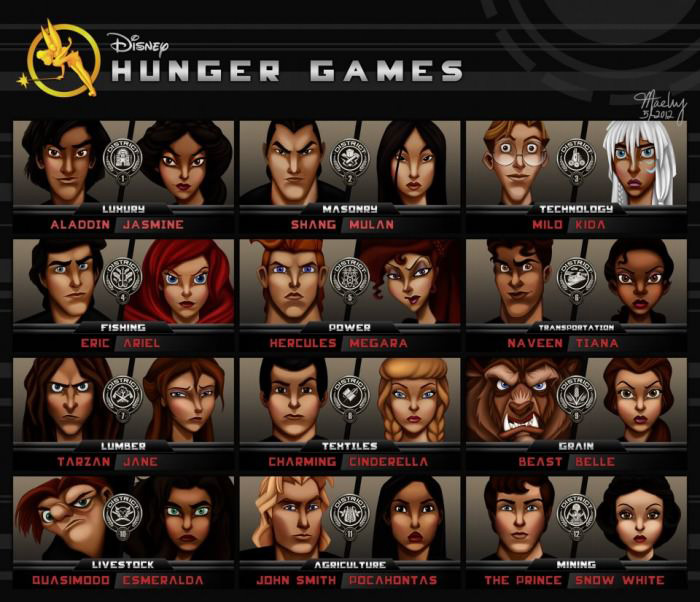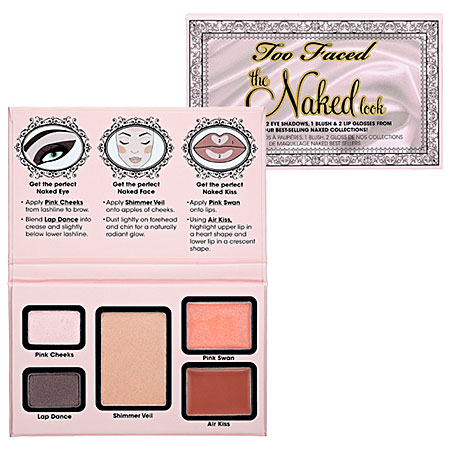One of the steps I am taking on my road to recovery is to exercise — not only for the physical benefits, but for the added endorphines as well.
As mentioned in a previous post, my doctors have recommended yoga to help my neck heal and as a way to help me relax. I also remembered reading that Tony Horton, the founder of P90x, said in an interview that if he had to choose just one type of exercise, he would go with yoga.
The problem was that I have always found yoga to be boring in the past. So to make it more interesting for myself, I decided to check out hot yoga.
(I thought it was interesting to learn that there is a difference between hot yoga and Bikram yoga. In a nutshell, all Bikram yoga is hot, but not all hot yoga is Bikram.)
I was able to find a hot yoga studio near my parents’ house, and as luck would have it, the same company has a studio near where we live. My sister had warned me about the potential dangers of hot yoga, but I knew that my laziness would not allow me to push myself too far. I thoroughly read through the FAQs (what to expect, what to bring, etc.) and mentally prepared myself for my first class.
As I signed in at my first class, I told the instructor that this was my very first hot yoga class. She was welcoming and enthusiastic (without being annoyingly peppy), and told me that my goal for my first couple of classes should be just to stay for the entire 90 minutes. She added that I should not feel bad about myself if I am not able to do certain poses, or if I even need to sit down or lie down to give myself a break during class. Also, if I had to leave the room, I should just make eye contact with her to let her know that I’m okay, and quietly leave.
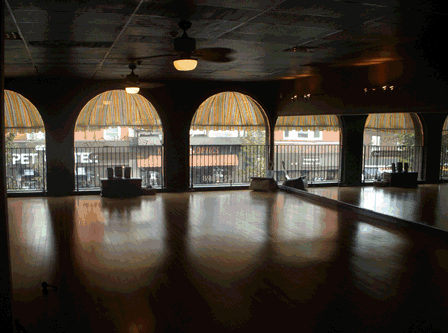
The studio I attend is simply gorgeous.
During my first class, I was pleasantly surprised to learn that I was not in quite as bad shape as I thought. I only had to sit out a couple of poses, and — the best part — I was able to stay the entire 90 minutes!
As for the heat? I had expected the room to be uncomfortably hot and humid, stuffy and malodorous. However, while the room WAS hot, it was not unbearably so. And the smell? The entire room smelled clean — no B.O. or harsh chemical smells — just a nice, fresh scent. Additionally, ceiling fans would periodically run to keep the air circulated during class. (Later, I was to learn that the studio cleans and disinfects everything between classes, and that they adhere to a very strict range of heat and humidity.)
